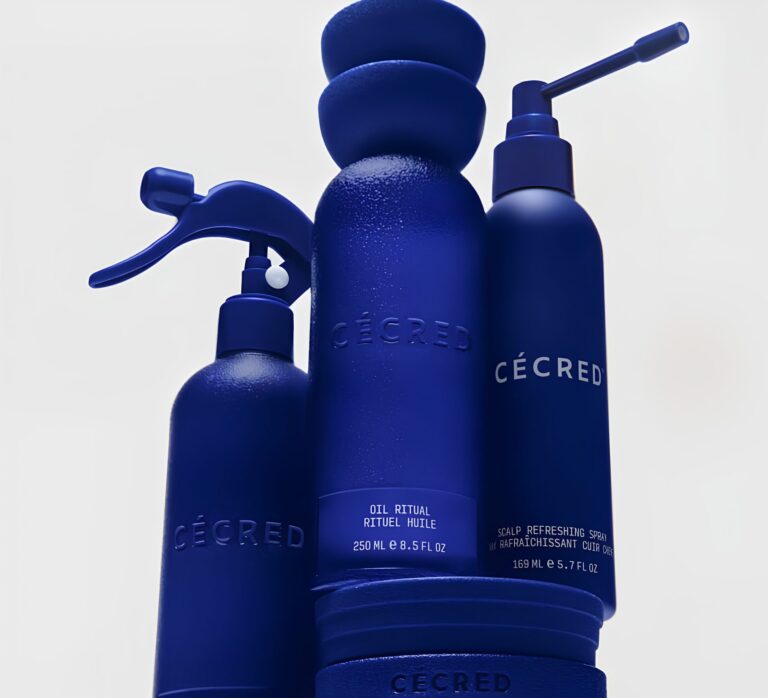Harley Davidson’s Sprint 2026: The $6K Gamble to Win Over Gen Z Riders
Harley Davidson’s Sprint 2026 could be a game-changer—but will it ride into glorious success or sputter at the starting line? That’s the million-dollar question Harley’s CEO Jochen Zeitz seems confident he’s already answered. Aimed at younger, entry-level riders, this bike is set to launch at a wildly attractive sub-$6,000 price point. That’s practically pocket change in Harley terms, especially considering the $9,999 Nightster sits as their current bottom shelf offering. But, as history has shown us, Harley doesn’t exactly have the gold medal in the “affordable, small motorcycle” category. Remember the Street 750? Neither do most riders.
Harley Davidson’s Checkered Past and Bold Sprint Forward
First, some context. While Harley Davidson’s brand reputation is arguably bulletproof in the high-end cruiser and touring markets, selling small, affordable bikes isn’t where they shine. The Sprint, however, is clearly designed to rectify that. This model nods to the Aermacchi-era small-displacement Sprints of the ’60s and ’70s. The original Sprint line might have been a slow-burn favorite, but for 2026, Harley Davidson’s future focus includes big profits and small bikes. Zeitz himself confirmed during a recent presentation that this bike isn’t just another speculative swing at the affordable market; it has to be profitable. Apparently, lessons have been learned, particularly from past heartbreaks like the now-dead Street 750.
The Sprint, like its iconic predecessor, is poised to be unapologetically targeted at young (and let’s face it, financially restrained) riders. But it can’t just be cheap and cheerful. Millennials and Gen Z expect more than affordability; they want reliability, design, and enough grit to signal, “Yes, I ride, and no, it’s not just a scooter.”
What Does $6,000 Actually Get You?
Details are sparse as of now, but Zeitz isn’t coy about the intention. While Harley hasn’t spilled the beans on specific specs, they’ve framed the Sprint as a small-displacement model with an international reach. Given that the entry-level market dominates sales globally, this isn’t just a U.S.-exclusive play. For context, Triumph’s Speed 400 and Royal Enfield’s Hunter 350 have been making waves in this same budget-friendly space, priced aggressively under $5,000. To capture a worthy share of this red-hot zone, Harley Davidson’s offering had better be robust.
Historically speaking, small bikes pose a double-edged sword for manufacturers. The profit margins tend to be razor-thin, and the bikes need to hit a Goldilocks zone of lightweight fun without feeling flimsy. Can the Sprint deliver exceptionally affordable AND professionally crafted rides? Harley’s betting the answer is yes, sticking their flag in key cost-effective manufacturing hubs like Thailand to make it happen.
Nostalgia Vs. New Wave

The Sprint’s throwback to the Aermacchi lineage may feel like a love letter to die-hard Harley Davidson enthusiasts. However, it’s crystal clear from its price point and promotional playbook that this bike isn’t being marketed to boomer bikers reminiscing about AMF-era Harleys. The Sprint’s primary mission seems to involve luring newbie riders attached to three things:
- Eye-catching affordability that doesn’t scream “cheap.”
- A rich brand history cool enough to earn them weekend warrior cred.
- Beginner-friendly handling that doesn’t challenge rider confidence or penalties their wallet.
But punching nostalgia clocks doesn’t necessarily guarantee the relevance Harley needs. A killer-looking, modernized Sprint with a Starbucks-parking-lot aesthetic and plenty of social media flex appeal? Now we’re talking.
Community Vibes or Lone Wolf?
Jochen’s recent remarks suggest Harley knows this can’t just be another “assemble and sell” line. Community and experiential value are baked into the modern bike-buying DNA. Look at how Ducati fosters a cult-like fanbase. Harley Davidson’s roadmap seems to recognize these patterns too, as dealer-led presentation plans and possible event integrations hint at larger strategic customer engagement efforts. Essentially, the Sprint isn’t just some bland money-grab model; Harley envisions it as a gateway. Today’s new rider becomes tomorrow’s Street Glide or Pan America buyer if nurtured right.
Our Take
If done correctly, the Sprint 2026 could reinvigorate what Harley Davidson’s previous entry-level efforts failed to do. To stay relevant, this model must balance traditional Harley grit while radically appealing to first-time riders who have more options than ever. The competition is stiff, with European and Asian brands digging deep into this territory. For $6,000, riders are going to expect reliability as bulletproof as a Honda, branding as authentic as a Harley, and a design package that looks just as at home on Instagram as on a mountain twisty.
Will they succeed? Only time will tell, but one thing’s for sure—we can’t wait to see how fast this Sprint runs straight out of the gate.







